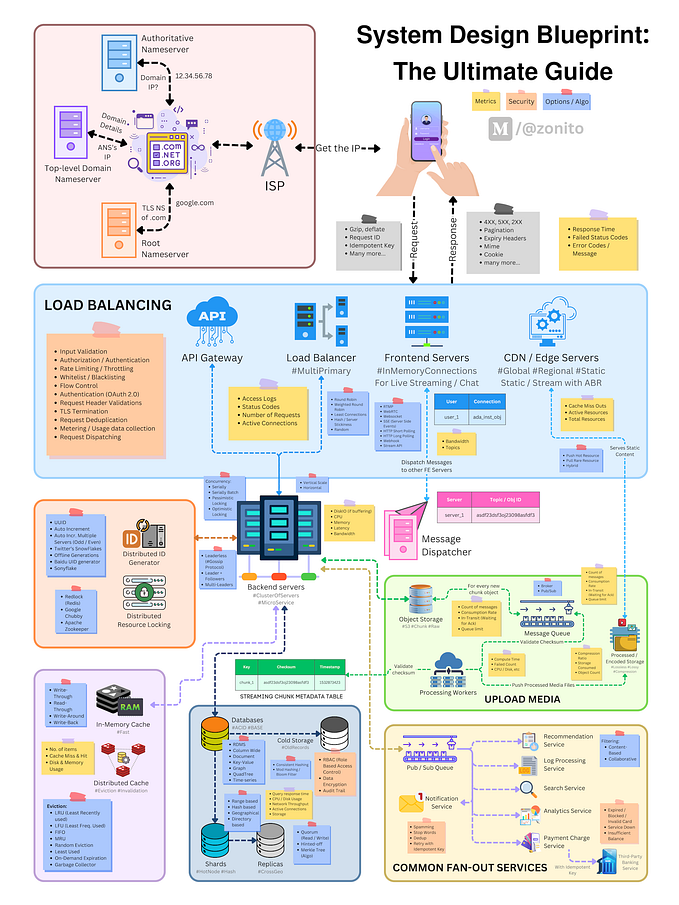Turning quality interview into numbers
Interviewing at early empathy stage is mostly about insight searching. However, when it is prepared research it’s not about random questions to the potential user. It’s about hypothesis validation.
How to prepare an interview:
1. what is your hypothesis?
2. how will you approve or disapprove it?
Mostly we do not measure interviews in numbers as they are considered to be more quality research than quantitate. We just work with quotes we heard from a user, and get the answer to assumptions in “yes”, “no” or “yes, but …” formats.
In order to take more from that information and to dive deeper into analysis, it’s required to transform data into the numbers. What it gives:
1. it’s the way to estimate interview, measure whether it was successful or not, whether you can use that data at all and accept it as true. At this point it is important to remember: unsuccessful interviews are valuable too because they give you the chance to failure earlier.
2. Gain the understanding of whether the problem exists at all, not in researcher “feeling” way, but by a specific score.
3. Another way to analyze the research result and find new insights. For example, you can compare the score of different parameters and see new things.
How to turn data into the numbers
I offer two main ways to make it.
A. Give your customers a few questions, where they can give you numbers.
Remember, how the product-market fit is measured?
When you asking user about his problem and receive an answer, ask him to make a score “how important is that problem from 0 to 10?”, “how much does this specific problem bother you?” It can give you information whether he is lying about the existence of the problem. But also, an opportunity to have quantifiable data.
B. This type of measuring was proposed in almost classic book Lean Analytics by A.Croll & B.Yoskovitz.
After completing each interview, ask yourself the following questions.


You have to raise at least 31 points per interview to take it’s as successful research.
The original idea is mostly about the decent indication of whether you’re onto something or not with the problems you want to solve. You should adopt those questions to your research goals and main product assumptions.
Those two described ideas are just the basic ways to modeling score system. It has to be a part of preparing the research at the same stage as your formulating hypothesis, make a question list and respondent сhoice сriterias
What to keep in mind:
1. compare the score of different interviews. It could help with customer development on the next steps and choose the priority among TA segments.
2. interview has to have minimum score level. That’s how you can understand if the information is useful, can it be taken as the proof or disproof of a hypothesis.
As an example, if you have a few interviews which look like the proof of your hypotheses, you should check the score of all the interviews. What if only one of them has a high-quality level and it has the opposite result?

Finally
Clearly, interviews are quality researches first of all. The main point of this paper is not even about turning everything into numbers, but more about the deeper analysis of this information, comparing it and making the priorities easily.
Get more from your researches!








